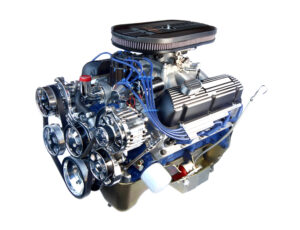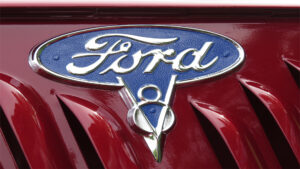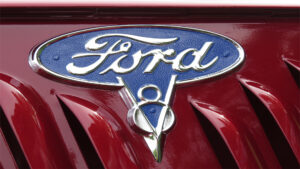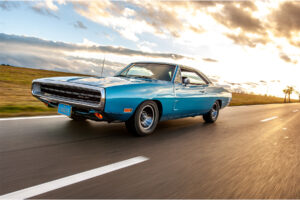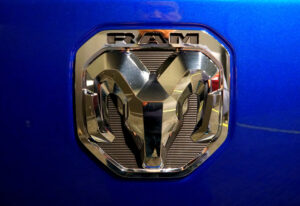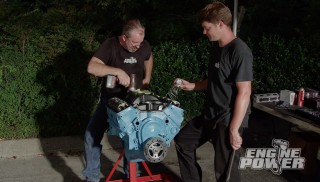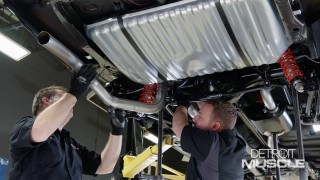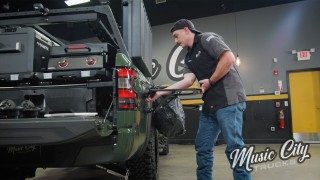Was the Ford 429 the Baddest Engine Ford Ever Made? A Look Back at Blue Oval Muscle History
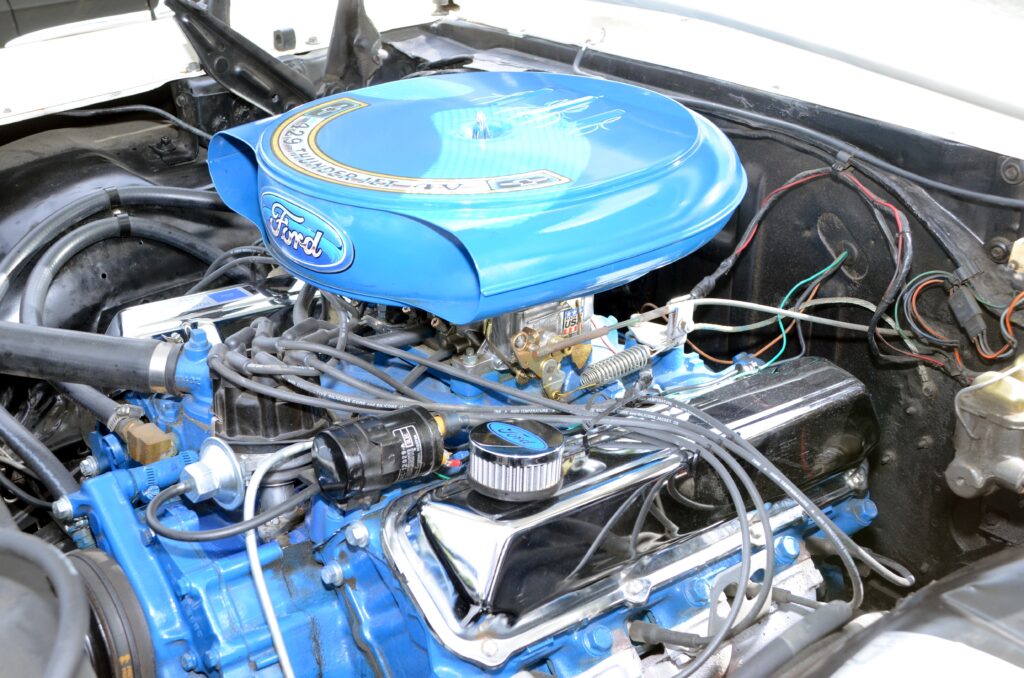
When you think of Ford muscle, a few names come to mind—Boss, Cobra Jet, and of course, the legendary 429. Born in the golden era of American horsepower wars, the 429 cubic-inch V8 was Ford’s answer to GM’s big blocks and Mopar’s 426 HEMI. But was it Ford’s baddest engine ever? Let’s hit the ignition and find out.
Table of Contents
A Big Block Built for Battle
The 429 wasn’t just a brute—it was a strategic weapon. In the late 1960s, Ford found itself locked in a performance arms race. GM had the 454, Chrysler had the 426 HEMI, and Ford needed a heavyweight to bring the heat. The result was the 385 engine family, which included both the 429 and 460 big-blocks.
First introduced in 1968, the 429 was originally designed for full-size cars like the Thunderbird and Galaxie. But it wasn’t long before Ford decided to unleash a hotter version specifically for motorsports: the Boss 429. And that’s when things got serious.
Boss 429: Born for NASCAR
In 1969, the Boss 429 Mustang roared onto the scene—not built for the drag strip, but for NASCAR homologation. To meet the sanctioning body’s rules, Ford had to produce at least 500 street-legal versions of the race engine. So, they stuffed the massive motor into the Mustang, creating one of the most iconic and rare muscle cars in Ford history.
Fitting the Boss 429 into a Mustang was no small feat. Kar Kraft, a specialty shop in Brighton, Michigan, handled the job. The engine bay had to be re-engineered with shock tower modifications, a wider track, and an external oil cooler. It was overkill in the best way.
Under the hood, the Boss 429 was built like a tank. Aluminum heads, big ports, a massive Holley 735 CFM carb, and a forged steel crankshaft made it one of the most advanced V8s of its time. Ford rated it at 375 horsepower, but real-world numbers were easily over 500 with minor tweaks. And the torque? A mountain-moving 450 lb-ft.
Why It Didn’t Last
Despite its potential, the Boss 429 Mustang only lasted two model years—1969 and 1970. Only 1,358 units were made, making it a unicorn among muscle cars. Why did it fade out so quickly?
Blame insurance hikes, rising emissions regulations, and a shift in public interest. The early ‘70s were the beginning of the end for factory hot rods. By 1971, the Mustang grew in size and weight, and the Boss 429 quietly disappeared, leaving behind a legacy that would only grow with time.
The 429 Cobra Jet and Super Cobra Jet
While the Boss 429 was built for NASCAR, the 429 Cobra Jet was aimed at drag racing. Introduced in 1971, the CJ was more streetable, but still packed a punch. It was available in cars like the Torino, Cyclone, and Mustang Mach 1.
Ford also offered a Super Cobra Jet (SCJ) version, complete with 4-bolt mains, an oil cooler, and beefed-up internals. These motors were brutally effective at the strip and helped Ford enthusiasts hold their own at the local quarter-mile.
Though not as exotic as the Boss 429, the CJ and SCJ versions kept the 429’s fire burning into the early ’70s until the muscle car era ran out of gas—literally and figuratively.
Was the 429 Ford’s Baddest Engine Ever?
Now for the debate: Was the 429 the meanest engine Ford ever made?
On one hand, it had all the makings of a legend—massive displacement, race pedigree, limited production, and neck-snapping power. The Boss 429, in particular, was a technological marvel in a time of pushrod simplicity. It could scream at high RPMs and hold its own against the HEMI, LS6, and even modern Coyotes.
But some would argue that the 427 SOHC “Cammer” was the real beast. Others might point to the 5.2L Predator in the GT500 or the brute force of the Godzilla 7.3L. Still, none of those engines carry the same mystique and myth as the Boss 429.
It wasn’t just the numbers—it was the attitude. The Boss 429 wasn’t built to sell in volume. It was built to win. It was Ford flexing on everyone else. And that’s why, to this day, it remains a holy grail for collectors and performance junkies alike.
Final Thoughts
The 429 is more than just cubic inches—it’s a symbol of what Ford could do when it threw caution to the wind and built something to dominate. Whether you think it’s the baddest Ford engine ever or just one of the most legendary, there’s no denying its impact.
So, what do you think? Is the 429 top dog in Ford’s muscle car legacy—or does another engine take the crown? Let us know in the comments, and keep the Blue Oval debates alive.
Want to read more articles like this?
Join the PowerNation Email NewsletterRead More from PowerNation
- Chapters
- descriptions off, selected
- captions off, selected
This is a modal window.
